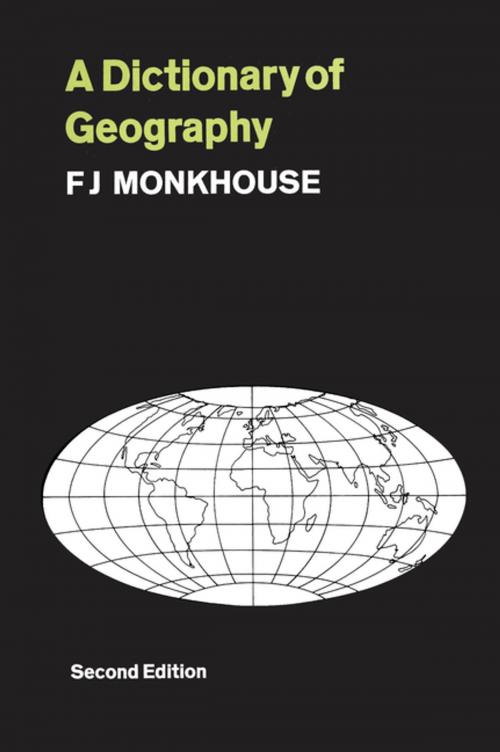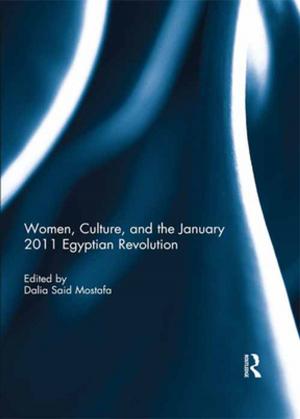A Dictionary of Geography
Nonfiction, Science & Nature, Science, Earth Sciences, Geography, Social & Cultural Studies, Social Science, Sociology| Author: | F. J. Monkhouse | ISBN: | 9781351535656 |
| Publisher: | Taylor and Francis | Publication: | July 12, 2017 |
| Imprint: | Routledge | Language: | English |
| Author: | F. J. Monkhouse |
| ISBN: | 9781351535656 |
| Publisher: | Taylor and Francis |
| Publication: | July 12, 2017 |
| Imprint: | Routledge |
| Language: | English |
The geographer seeks to describe the diverse features of the earth's surface, to explain if possible how these features have come to be what they are, and to discuss how they influence the distribution of man with his diverse activities. Geography therefore stands transitionally yet centrally between the natural sciences, the social studies, and the humanities. While in its concept and content it is an integrated whole, of necessity it impinges on the associated disciplines, and inevitably makes use of a wide range of kindred terminology. In compiling the 3,400 entries for this dictionary, the main criterion for inclusion has been usage. Geographical textbooks and periodicals have been systematically combed, and where a term has been used in a specific geographical context, or in a specialist sense which differs from general practice or popular usage, it has been included. Foreign words are listed where they have been accepted into English geographical literature, especially where no satisfactory translation exists. Cross-references are freely given, printed in small capitals, where it is necessary to assist the user in tracing cognate and supplementary entries, or where the meaning of the word thus shown is essential to the understanding of the entry. The emphasis throughout is on specific factual information, conveniently accessible on a strict alphabetical basis, rather than a bare definition. Statistical material and formulae are appended, where it would seem helpful, in the form of tables under the relevant entries. Since this dictionary is neither a gazetteer nor a compendium of current affairs, lists of countries and capitals, regional names and international groupings are not included, since these can be found conveniently elsewhere. The five hundred and seventy-two additional entries to this dictionary, together with a few minor modifications to the existing material, are the result of extensive correspondence and discussion since the appearance of the firs
The geographer seeks to describe the diverse features of the earth's surface, to explain if possible how these features have come to be what they are, and to discuss how they influence the distribution of man with his diverse activities. Geography therefore stands transitionally yet centrally between the natural sciences, the social studies, and the humanities. While in its concept and content it is an integrated whole, of necessity it impinges on the associated disciplines, and inevitably makes use of a wide range of kindred terminology. In compiling the 3,400 entries for this dictionary, the main criterion for inclusion has been usage. Geographical textbooks and periodicals have been systematically combed, and where a term has been used in a specific geographical context, or in a specialist sense which differs from general practice or popular usage, it has been included. Foreign words are listed where they have been accepted into English geographical literature, especially where no satisfactory translation exists. Cross-references are freely given, printed in small capitals, where it is necessary to assist the user in tracing cognate and supplementary entries, or where the meaning of the word thus shown is essential to the understanding of the entry. The emphasis throughout is on specific factual information, conveniently accessible on a strict alphabetical basis, rather than a bare definition. Statistical material and formulae are appended, where it would seem helpful, in the form of tables under the relevant entries. Since this dictionary is neither a gazetteer nor a compendium of current affairs, lists of countries and capitals, regional names and international groupings are not included, since these can be found conveniently elsewhere. The five hundred and seventy-two additional entries to this dictionary, together with a few minor modifications to the existing material, are the result of extensive correspondence and discussion since the appearance of the firs















